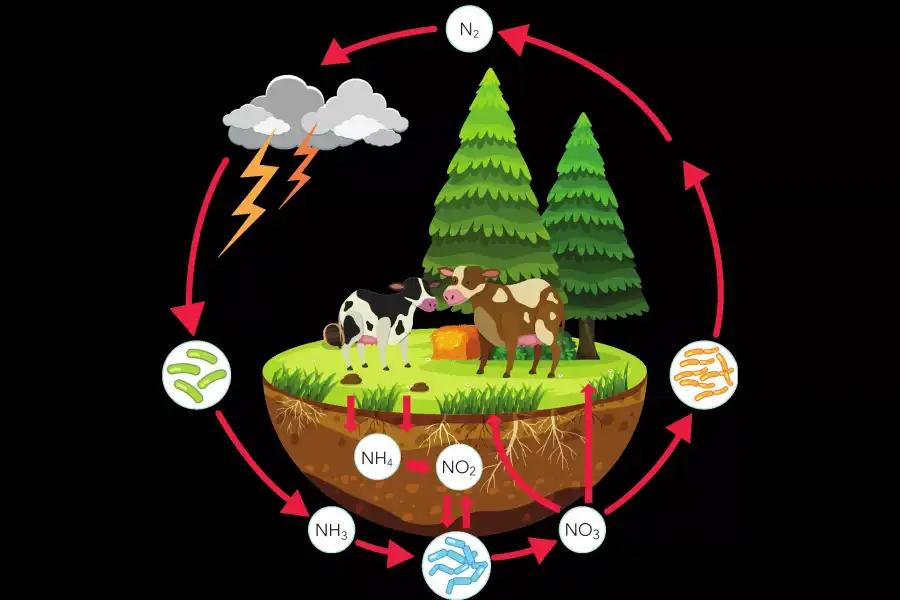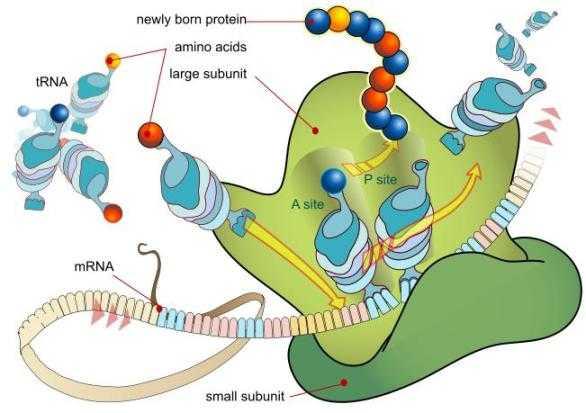Understanding Abiogenesis
The abiogenesis theory, also known as spontaneous generation, is one of the most widely accepted theories for the origin of life on Earth. This theory proposes that life emerged from non-living matter through a series of natural chemical reactions. The basic idea of abiogenesis is that the building blocks of life, such as amino acids and nucleotides, could have been formed on the early Earth through natural processes, and then came together to form more complex molecules, such as proteins and nucleic acids, which eventually gave rise to living cells.
7
67 reads
CURATED FROM
IDEAS CURATED BY
How did life originate?
“
The idea is part of this collection:
Learn more about technologyandthefuture with this collection
Understanding the basics of blockchain technology
The benefits and challenges of using blockchain
The future of blockchain technology
Related collections
Similar ideas to Understanding Abiogenesis
The Nitrogen Cycle
Nitrogen is an essential component of biological molecules like amino and nucleic acids, but most living organisms cannot use the element in its pure form and need a derivative component, NH3(ammonia) to be able to synthesize organic components.
Storing energy for building
Glucose is the primary "fuel" that produce energy.
- Fats are packed into small units called lipoproteins and stored as body fat for later use.
- Proteins are broken into amino acids
Building A Protein
If we equate DNA as the master blueprint, we could then say that a protein is the house. There are many involved in this process such as the messenger RNA which is the working copy of the DNA, the cytoplasm, amino acids
Read & Learn
20x Faster
without
deepstash
with
deepstash
with
deepstash
Personalized microlearning
—
100+ Learning Journeys
—
Access to 200,000+ ideas
—
Access to the mobile app
—
Unlimited idea saving
—
—
Unlimited history
—
—
Unlimited listening to ideas
—
—
Downloading & offline access
—
—
Supercharge your mind with one idea per day
Enter your email and spend 1 minute every day to learn something new.
I agree to receive email updates


